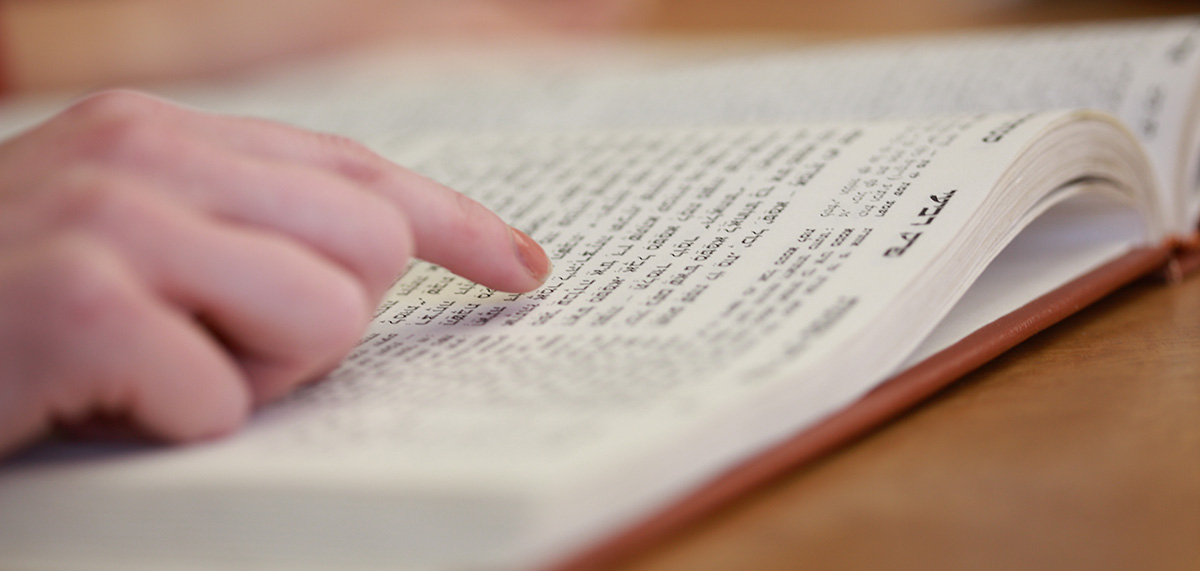Search Results
Back to JTS Torah Online's Main page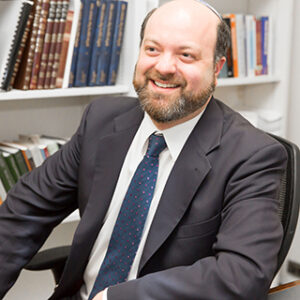
The Zohar
Apr 16, 2024 By Eitan Fishbane | Podcast or Radio Program
Dr. Fishbane describes the Zohar as most significant pillars of thought and creativity in the entire history of Jewish civilization. This episode explores its development in 13th and 14th Century Spain and the circles dedicated to its creation and circulation. We explore questions around its language and authorship and how the mystical midrashim or stories […]
Read More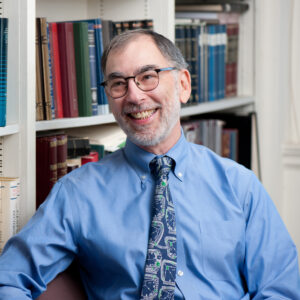
From Symposium to Seder: How The Rabbinic Adoption of Roman Party Conventions Became Our Passover Seder
Apr 15, 2024 By Robert Harris | Public Event video | Video Lecture | Pesah
In the years following the destruction of the Second Temple in 70 CE, Jewish observance of Passover underwent a seismic shift. In lieu of the now impossible sacrificial Temple ritual, the rabbis adopted the Roman symposium in order to create a new type of festival meal, one that was rooted in new rituals and intellectual discourse. Together we explore what led to the rabbinic decision to conduct the Seder in this way, rather than opting for a different way to commemorate Passover, such as instructing the Jewish people to perform the sacrifice in their homes. We also examine some of the questions and answers in the Haggadah which are central features of the Roman symposium and core to our Haggadah.
Read More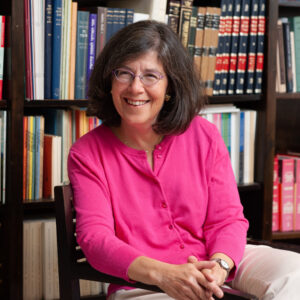
Across the Divide: Tips for Hard Conversations at the Seder Table
Apr 15, 2024 By Jan Uhrbach | Commentary | Pesah
Many of us are approaching seder this year with concern about seemingly unbridgeable divides about Israel. It’s tempting to try to avoid difficult conversations, but Passover isn’t merely a holiday of gratitude for a past redemption—it calls us to move toward transformation and freedom internally and externally, individually and collectively, especially with those closest to […]
Read More
Charting a Way Back
Apr 12, 2024 By Ayelet Cohen | Commentary | Tazria
The book of Vayikra can be understood as an exercise in transition; if one imagines the Torah as the lifecycle trajectory of Israel, this The book of Vayikra can be understood as an exercise in transition; if one imagines the Torah as the lifecycle trajectory of Israel, this book represents adolescence/early adulthood. The Israelites are still transitioning from being an enslaved people toward becoming a free people. With their newfound autonomy, they must learn responsibility to one another and service to God. They struggle with faith, patience, ethical behavior, interpersonal relationships, and boundaries—in short, all of the things that are hard about maturation and adulthood. book represents adolescence/early adulthood. The Israelites are still transitioning from being an enslaved people toward becoming a free people. With their newfound autonomy, they must learn responsibility to one another and service to God. They struggle with faith, patience, ethical behavior, interpersonal relationships, and boundaries—in short, all of the things that are hard about maturation and adulthood.
Read More
The Origins of Kabbalah in Medieval Europe
Apr 9, 2024 By Eitan Fishbane | Podcast or Radio Program
Moving from the Middle East to Germany, Spain, and France, this episode explores the practices and intellectual exercises of these communities. During this timeperiod, the practice of Kabbalah (literally received tradition) begins to take shape in Provence, France. One of the primary foci is the development of the Sefirot, the ten radiant dimensions of the inner Divine Self.
Read More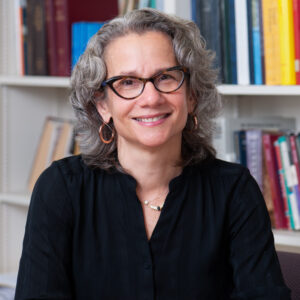
“Awaiting the Good Hour”: Hope in the Bible as a Resource for Religious Life
Apr 8, 2024 By Amy Kalmanofsky | Public Event video | Video Lecture
The capacity to hope is integral to religious life, yet contemporary realities can make it hard to feel and express hope. We explore what hope means in the context of the Bible, looking particularly at how the prophets Jeremiah and Isaiah use maternal imagery to convey hope, and consider how the Bible can be a valuable resource for cultivating a language of hope for us today.
Read More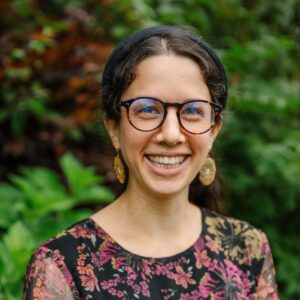
Honoring Aaron’s Tragic Sacrifice in the Laws of Mourning
Apr 5, 2024 By Shira Billet | Commentary | Shabbat Hahodesh | Shemini
Shemini begins on the eighth and final day of inauguration week. The ceremony narrated in Leviticus 9 culminates in a felicitous and ecstatic moment of response from God to their carefully orchestrated sacrificial rites: “Moses and Aaron then went inside the Tent of Meeting. When they came out, they blessed the people; and the Presence of the Lord appeared to all the people. Fire came forth from before the Lord and consumed the burnt-offering . . . on the altar. And all the people saw, and shouted and fell on their faces” (Lev. 9:23-24).
Read More
Rabbinic Mysticism
Apr 2, 2024 By Eitan Fishbane | Podcast or Radio Program
After the destruction of the Temple, the rabbis built on Biblical mystical practice. Through both Talmudic and Midrashic creativity, the rabbis of this period expanded and developed new models of mysticism. They also created boundaries for this practice, establishing the ein dorshin (one must not expound on) in Mishnah Hagigah 2:1, limiting the content around work of Creation and the work of the Chariot to those who are wise who understand their own mind. After expanding on these elements, Dr. Fishbane engages the story of the Pardes, the four scholars who enter the orchard and what happens after a revelatory experience.
Read More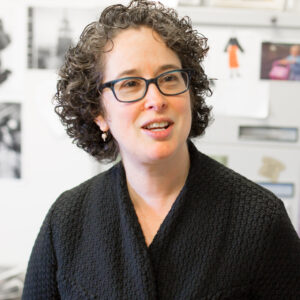
Prayer through the Lens of Cognitive Behavioral Therapy
Apr 1, 2024 By Mychal Springer | Public Event video | Video Lecture
Cognitive Behavioral Therapy (CBT), with its focus on beliefs, thoughts, and feelings, is a powerful modality for helping people in distress. Drawing on the work of David H. Rosmarin’s Spirituality, Religion, and Cognitive-Behavioral Therapy, we explore how CBT can inform and strengthen individuals’ and communities’ prayer lives. We discuss the connections between different types of prayers—including giving thanks, engaging in dialogue, contemplative prayer, and petitionary prayer—and evidence-based therapeutic approaches to wellbeing.
Read More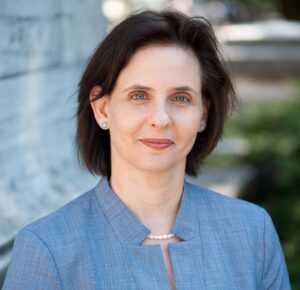
Prayer as Resonance
Mar 29, 2024 By Luciana Pajecki Lederman | Commentary | Shabbat Parah | Tzav
According to sociologist Harmut Rosa, the main role of rituals is to produce axes of resonance, through which we not only affect but also open ourselves to being affected by God, people, and even things around us. In conceiving of Jewish prayer, our ancient rabbis indicate a concern with creating resonance, by balancing “affecting” and “being affected.”
Read More
Exploring Kabbalah
Mar 26, 2024 By Eitan Fishbane | Podcast or Radio Program
When you picture a mystical experience, do you see a lone figure alone meditating with the Divine? Inducted into some fringe, solitary pursuit? While this process was often part of elite circles, Jewish mysticism was never outside the mainstream and always required communities of learning. This series explores the development of Jewish mysticism across different […]
Read More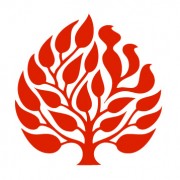
Seeing the Unseeable: Images of the Divine in Kabbalistic Texts
Mar 25, 2024
Download Sources With Dr. Eitan Fishbane, Professor of Jewish Thought, JTSand Dr. Marcus Mordecai Schwartz, Ripps Schnitzer Librarian for Special Collections; Assistant Professor, Talmud and Rabbinics, JTS This session will preview the JTS Library’s exhibit opening on March 26, co-curated by Dr. Schwartz, and a new JTS podcast on Jewish mysticism featuring Dr. Fishbane. ABOUT […]
Read More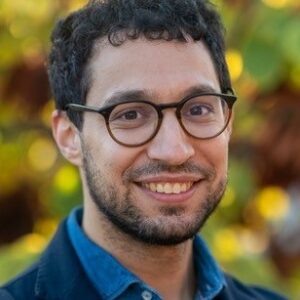
Amalek and the Torah of Purim
Mar 22, 2024 By Yitz Landes | Commentary | Purim
The Purim most of us celebrate is one that marks a moment of redemption – when a descendent of Amalek tried and failed to destroy the Jews. It is the holiday that best encapsulates the sentiment “they tried to kill us, we won, let’s eat”. And yet, Jewish thinkers have also understood Purim as a day that touches upon the cornerstone of Judaism itself: the covenant between God and Israel via the acceptance of the Torah. How is this connection formed? What is the relationship between Torah and Purim? And, in a calendar already chock full of holidays celebrating the Torah, what place is left for Purim?
Read More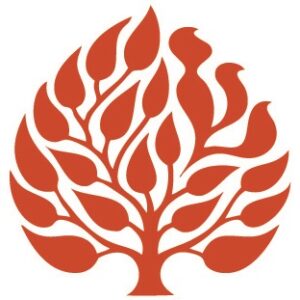
Between the Lines: Between Two Worlds
Mar 20, 2024 By Library of the Jewish Theological Seminary | Public Event video | Video Lecture
Facing the harrowing task of rebuilding a life in the wake of the Holocaust, many Jewish survivors, community and religious leaders, and Allied soldiers viewed marriage between Jewish women and military personnel as a way to move forward after unspeakable loss. Proponents believed that these unions were more than just a ticket out of war-torn Europe: they would help the Jewish people repopulate after the attempted annihilation of European Jewry. Historian Robin Judd, whose grandmother survived the Holocaust and married an American soldier after liberation, introduces us to the Jewish women who lived through genocide and went on to wed American, Canadian, and British military personnel after the war.
Read More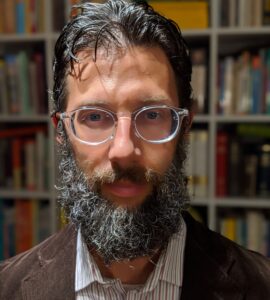
Mordecai the Jew and Esther the Greek: The Changing Politics of the Book of Esther in Antiquity and Our Times
Mar 18, 2024 By Aaron Koller | Public Event video | Video Lecture | Purim
The Book of Esther is a diaspora book. None of the action takes place in the Land of Israel, and the Temple is never mentioned. One of the most famous—and significant—features of the Hebrew Book of Esther is the absence of any mention of God. But these features that make Diaspora Jews feel comfortable were profoundly disturbing to some of the book’s earliest readers—so disturbing that they actually changed it.
Read More
Playing Hide and Seek with God
Mar 15, 2024 By Cecelia Beyer | Commentary | Pekudei
Our quest for the Divine is not a new one; we’ve been playing “hide and seek” with God since we left Egypt. In Parashat Pekudei, our ancestors also strove to come close to the Divine Presence, through assembling and dedicating the Tabernacle as a place for encountering the Divine: “When Moses had finished the work, the cloud covered the Tent of Meeting, and the Presence of Adonai filled the Tabernacle” (Exod. 40:33–34). The dedication of the Tabernacle, God’s “dwelling place” on earth, was completed as God’s Presence filled and rested upon it
Read More
Between the Lines: Perfect Enemy
Mar 13, 2024 By Library of the Jewish Theological Seminary | Public Event video | Video Lecture
In a covert laboratory under the streets of Tel Aviv, Akiva Cohen, an Israeli scientist, clones Hitler from old samples of his DNA. Akiva wants to change the world for the good; but he is betrayed by those who want to use this new Hitler for unimaginable terror. Akiva is plunged into a desperate struggle to stay alive and salvage his dream, leading to a trail of murders across the country, collaboration with Hamas terrorists, and the uncovering of a devastating conspiracy at the highest levels of Israeli society. Perfect Enemy is an exciting, suspenseful thriller that poses uncomfortable questions about trauma and revenge, the desire for peace, religious extremism, and the schisms of the Middle East.
Read More
The People Step Up
Mar 8, 2024 By Robert Harris | Commentary | Shabbat Shekalim | Vayak-hel
By this point in the Book of Exodus, the story outlines are probably familiar: the people—having been redeemed from Egypt and covenanted with God on Mt. Sinai, and having already sinned a terrible sin by building the Golden Calf—respond to God’s detailed instructions to build a Tabernacle by donating so generously that the collection of the material with which to construct the sanctuary has to be stopped midway, even as the people are still in the process of donating.
Read More
A Queen in the Tomb of the Kings: An Ancient Monument and its Modern Legacy
Mar 4, 2024 By Sarit Kattan Gribetz | Public Event video | Video Lecture
According to the first-century Jewish historian Josephus Flavius, Queen Helena of Adiabene traveled from her kingdom in northern Mesopotamia to Jerusalem to worship the Jewish God in the temple. She ended up staying in the city, building a palace in the south and a monumental family tomb to the north. This queen was not forgotten: she appears in early Christian writings and rabbinic literature, she stars in medieval Jewish-Christian polemics, and there is a street named after her in contemporary Jerusalem.
Read More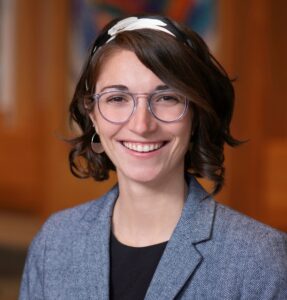
The Desperate (and Comprehensible) Project of the Golden Calf
Mar 1, 2024 By Ilana Sandberg | Commentary | Ki Tissa
After the Israelites’ exodus from Egypt, the Torah focuses on the project of how they could ensure God’s immanence, or retained presence, within their world. God instructs the Israelites to build the Mishkan, or Tabernacle, and establishes the sacrificial system to insure God’s continued presence. The episode of the Golden Calf seems like a grave error in this process that demands interpretation. Why would the people violate the second commandment they had just received and turn to idolatry?
Read MoreSUBSCRIBE TO TORAH FROM JTS
Our regular commentaries and videos are a great way to stay intellectually and spiritually engaged with Jewish thought and wisdom.

